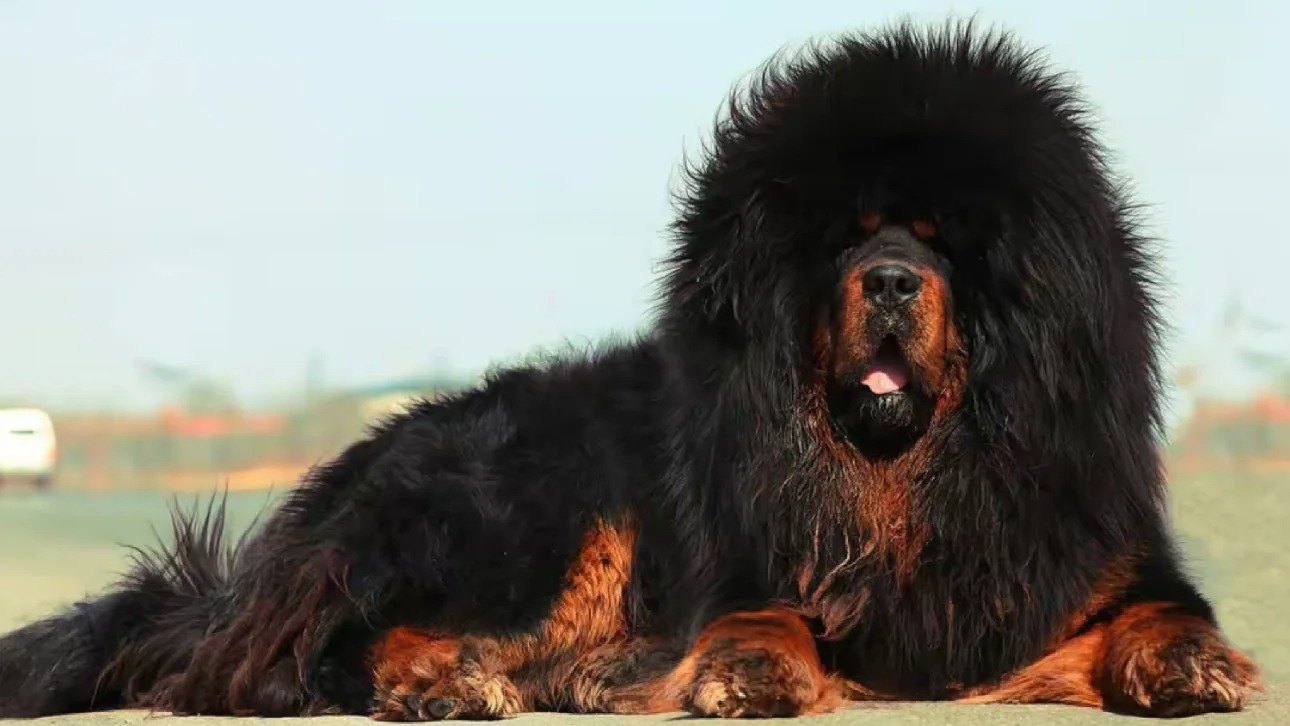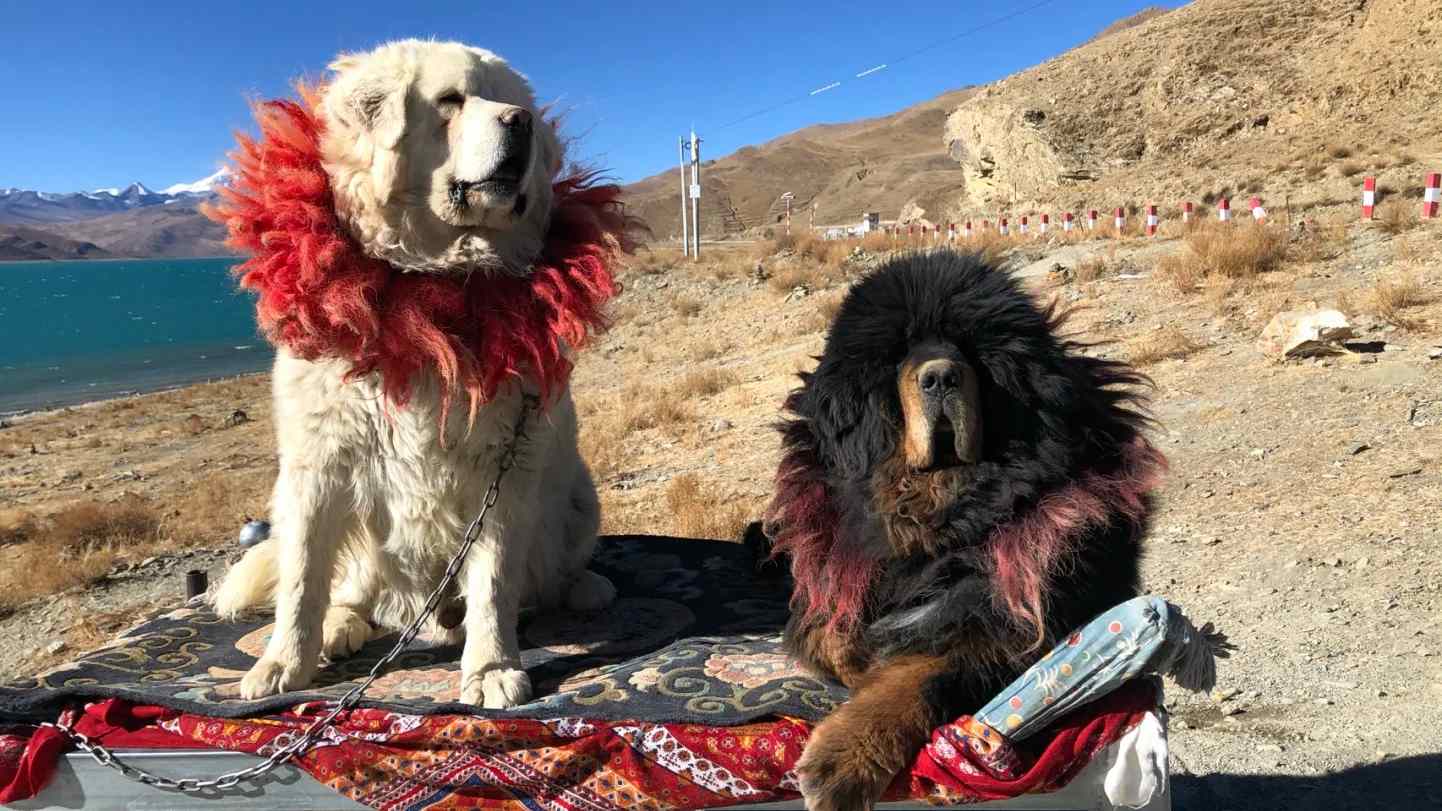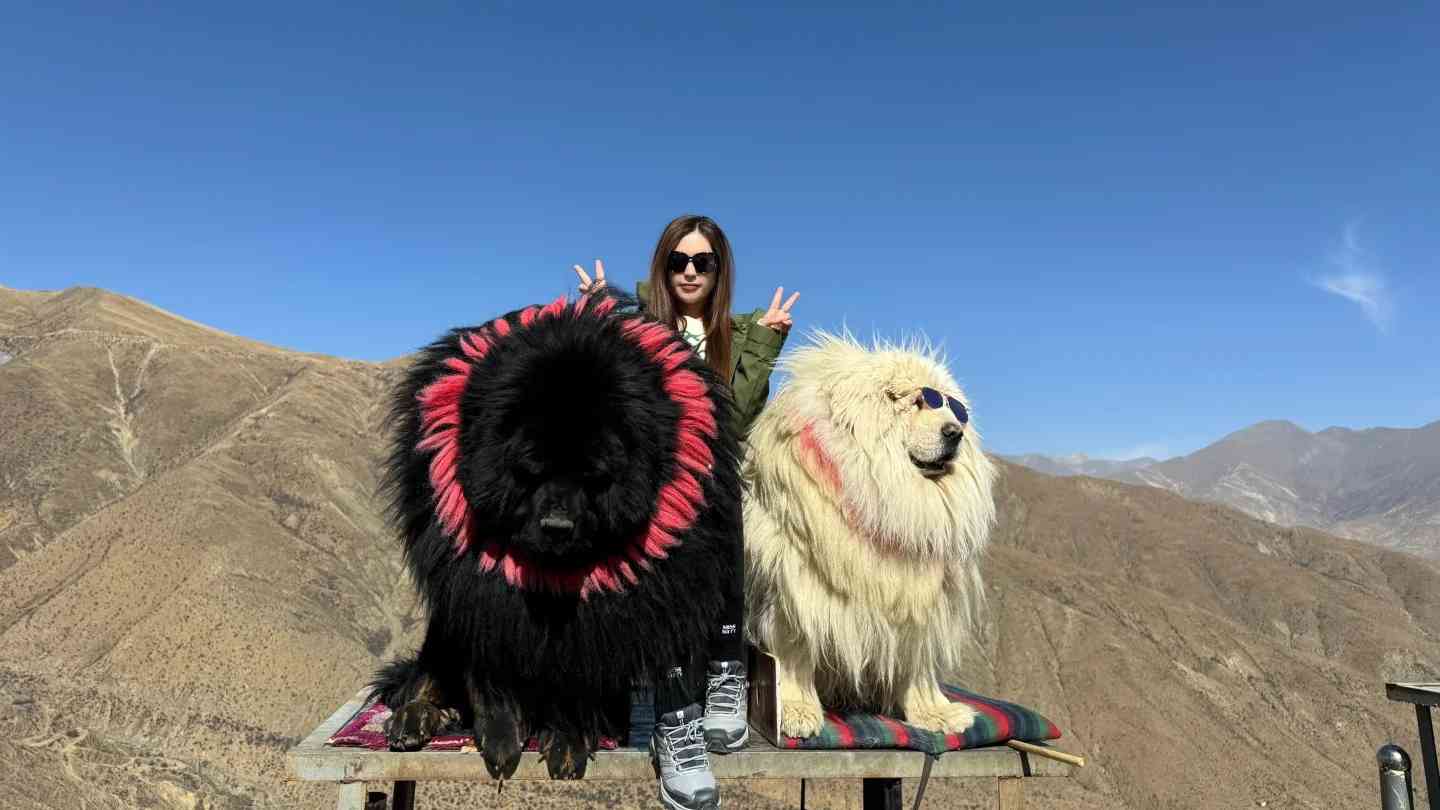Worried about choosing the right dog breed? It’s tough! Tibetan Mastiffs are impressive, but are they right for you?
Tibetan Mastiffs are loyal and protective. However, they require firm training and lots of space. They are not for first-time dog owners or those living in small apartments. They need experienced owners who can handle their strong will and protectiveness.
Choosing a dog is a big deal. So, let’s look closer at these amazing dogs.
Are Tibetan Mastiffs Good Family Dogs?
Thinking of bringing a Tibetan Mastiff into your family? It's important to know the facts. They look fluffy and cuddly, but their history is as guard dogs means they have unique needs.
Tibetan Mastiffs can be good family dogs if properly trained and socialized. They are loyal and protective of their families. But they can be suspicious of strangers. Early socialization is important to ensure they are comfortable around new people and situations.
Tibetan Mastiffs1 bond strongly with their families. This makes them great protectors. But this protectiveness2 can be a problem if not handled well. They might see visitors as threats. Early and consistent training3 is key.
Here's a breakdown of what to consider:
| Factor | Description |
|---|---|
| Socialization4 | Expose your Tibetan Mastiff to many people, places, and sounds when it's a puppy. This helps them learn to be comfortable in different situations. |
| Training | Start training early. Use positive reinforcement methods. Tibetan Mastiffs are intelligent but independent. So, consistency is important. |
| Children5 | Tibetan Mastiffs can be good with children they grow up with. But they might not be patient with younger kids who don't know how to treat a dog. Always supervise interactions between dogs and children. |
| Space | They need a lot of space to roam and exercise. A large yard is ideal. They are not suited for apartment living. |
I remember when I first saw a Tibetan Mastiff in Lhasa. I was struck by its size and presence. The owner told me about the challenges of raising one, but also about the dog's unwavering loyalty. This conversation really highlighted the importance of responsible ownership.
Can Tibetan Mastiffs Live in Hot Weather?
Worried about the heat for your furry friend? Tibetan Mastiffs have thick coats. This makes people wonder if they can handle warm climates.
Tibetan Mastiffs can live in hot weather but need special care. Their thick coats protect them from the cold. But can cause them to overheat in hot temperatures. Owners need to provide shade, plenty of water, and avoid strenuous exercise during the hottest parts of the day.
Tibetan Mastiffs evolved in the high-altitude, cold climate of the Himalayas. Their double coat keeps them warm in freezing temperatures. But this same coat can be a liability in hot weather.
Here's what you need to know:
| Consideration | Explanation |
|---|---|
| Coat Management | Regular brushing is vital. This helps to remove dead hair. It also improves air circulation. Never shave your Tibetan Mastiff's coat. It provides insulation from both heat and cold. |
| Hydration | Always provide fresh, cool water. Encourage your dog to drink throughout the day. |
| Shade and Shelter | Make sure your dog has access to shade during the hottest parts of the day. A dog house or covered patio can help. |
| Exercise Timing | Avoid strenuous exercise during peak heat hours. Early morning or late evening walks are better. Watch for signs of overheating like excessive panting, drooling, and weakness. |
I've seen many Tibetan Mastiffs thriving in Lhasa. Lhasa summers can be surprisingly warm. Local owners are always careful to protect their dogs from the sun and heat. They usually make sure their dogs always have shade and water. They also keep their dogs inside during the hottest times of the day.
Do Tibetan Mastiffs Bark a Lot?
Annoyed by noisy dogs? Barking can be a real problem for some people. So, it's important to know about Tibetan Mastiffs and their barking habits.
Tibetan Mastiffs are naturally protective. They tend to bark when they sense something is wrong or to alert their owners. Their barking is usually a warning rather than just random noise. Early training can help control excessive barking.
Barking is a natural behavior for Tibetan Mastiffs. They were bred to guard livestock and property. So, they are naturally alert to any potential threats.
Here's a closer look:
| Aspect | Details |
|---|---|
| Purpose of Barking | Tibetan Mastiffs bark to alert their owners to potential dangers. This could be anything from a stranger approaching the property to an unusual noise. |
| Training | Start training early to teach your dog when it's appropriate to bark. Teach them a "quiet" command. Reward them when they stop barking on command. |
| Socialization | Proper socialization can help reduce barking caused by fear or anxiety. Expose your dog to different people, places, and sounds from a young age. |
| Mental Stimulation6 | Provide plenty of mental stimulation. This includes toys, puzzles, and training exercises. A bored dog is more likely to bark out of frustration. |
I remember visiting a nomad family in Sichuan. They had several Tibetan Mastiffs guarding their yaks. The dogs would bark at anything that moved. It was clear that their barking was essential for protecting the livestock from predators. This experience helped me understand the breed's natural guarding instincts.
Conclusion
Tibetan Mastiffs are amazing dogs. But they need owners who understand their needs. Think carefully before getting one.
-
Explore this link to understand the unique traits and needs of Tibetan Mastiffs. ↩
-
Learn more about the loyalty and protective nature of Tibetan Mastiffs and how it affects ownership. ↩
-
Discover effective training methods for Tibetan Mastiffs to ensure a well-behaved pet. ↩
-
Understand the significance of socialization in raising a well-adjusted Tibetan Mastiff. ↩
-
Learn about the interactions between Tibetan Mastiffs and children for safe companionship. ↩
-
Explore engaging activities to keep your Tibetan Mastiff mentally stimulated and happy. ↩















